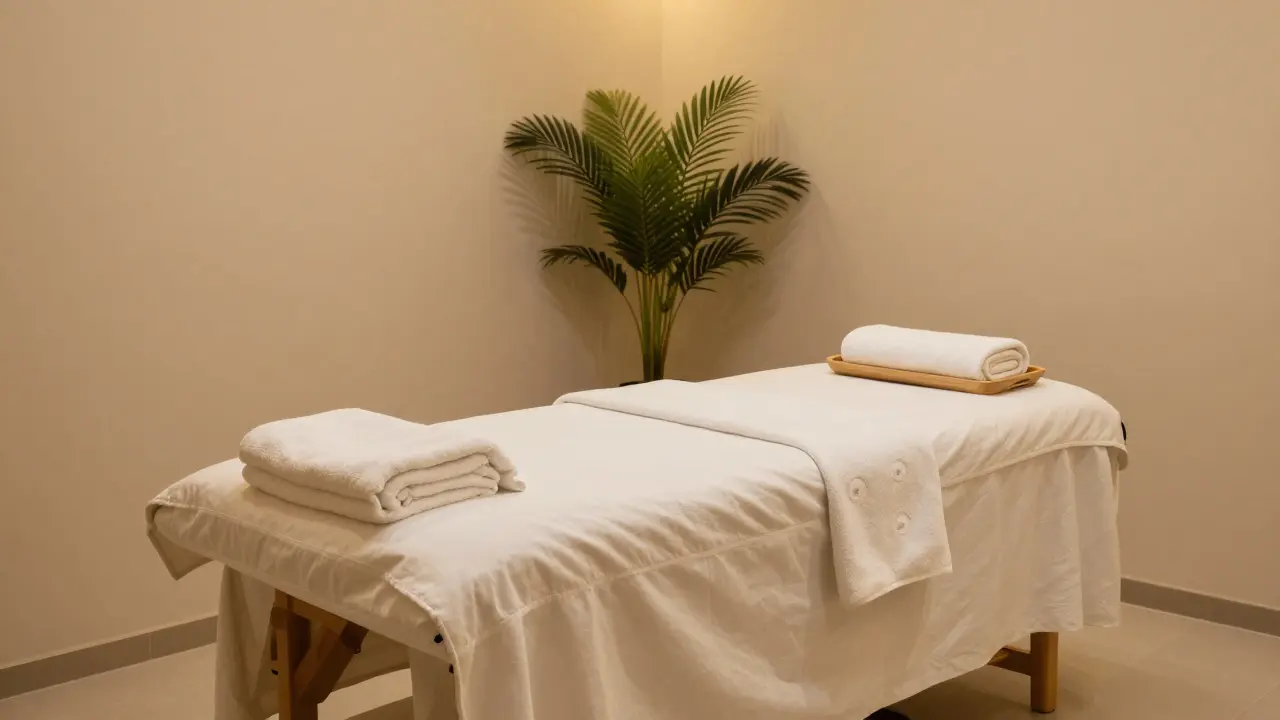Trigger Point Therapy: What It Is and Why It Works
When working with Trigger Point Therapy, a hands‑on method that isolates and releases tight knots in muscle fibers. Also known as myofascial trigger point release, it targets the source of pain rather than just the symptoms. Trigger point therapy blends pressure, stretch, and sometimes gentle movement to restore normal muscle function. This approach encompasses techniques from deep tissue massage, requires a solid understanding of muscular anatomy, and benefits athletes, desk workers, and anyone dealing with chronic soreness.
How It Connects With Other Wellness Practices
One close sibling is Deep Tissue Massage, a pressure‑intense style that reaches deeper layers of muscle and fascia. While deep tissue aims at broad muscle groups, trigger point therapy homes in on specific knots, often reducing the need for longer sessions. Another partner is Cupping Therapy, a suction technique that lifts the skin to increase blood flow and break down adhesions. Cupping can prepare the tissue before a trigger point session, making the knots more pliable. Finally, Heat Therapy, methods like sauna or Moroccan hammam that warm muscles and boost circulation, often precedes trigger point work to relax the fibers and enhance the release.
These relationships form a natural chain: heat therapy influences the effectiveness of both cupping and trigger point work, while cupping supports deep tissue and trigger point techniques by loosening surface tension. Together they create a comprehensive approach to muscular health, addressing everything from acute knots to chronic tension patterns. Many clients report that combining these methods shortens recovery time after sports injuries and eases everyday stiffness caused by long hours at a desk.
Practical tips for a successful session include staying hydrated before and after, communicating pressure levels clearly, and allowing the therapist to focus on each knot for 30‑60 seconds. If you’ve tried deep tissue massage before, you’ll notice trigger point therapy feels more targeted and often less intense overall, because the pressure is concentrated on specific points rather than spread across an entire muscle group. For those new to cupping, a short cupping round can warm up the area, making the subsequent trigger point release smoother and more effective.
Whether you’re looking to improve athletic performance, manage chronic back pain, or simply reduce the ache from sitting too long, understanding how trigger point therapy fits within the larger wellness toolbox helps you choose the right combination for your needs. Below you’ll find a curated set of articles that dive deeper into each related practice, share safety tips, and explain how to get the most out of every session.






